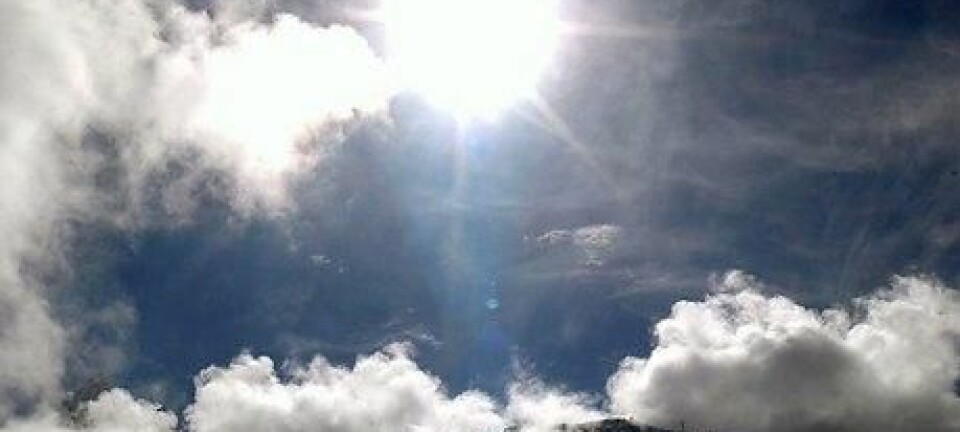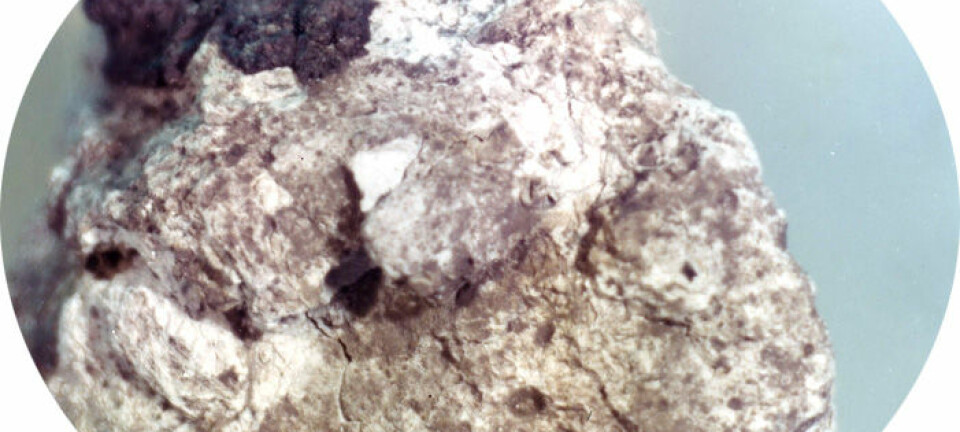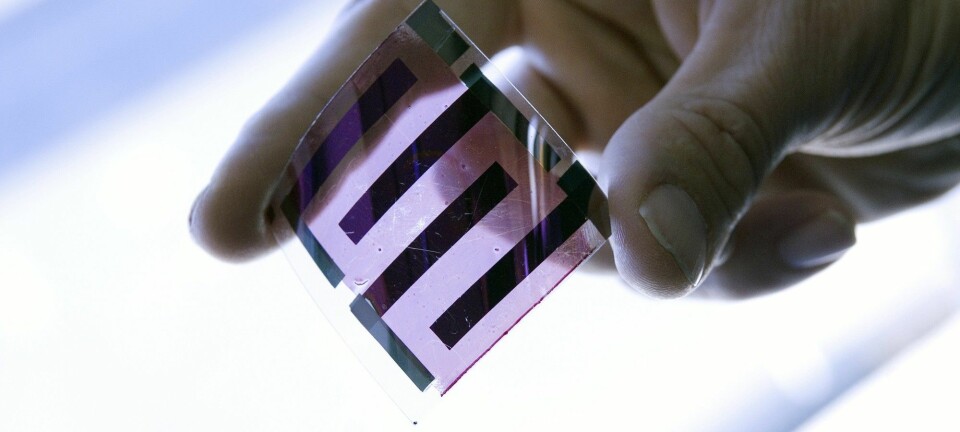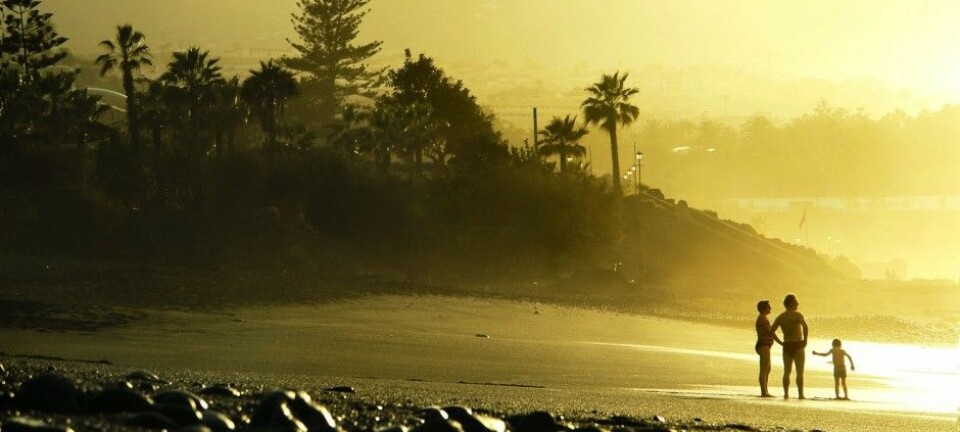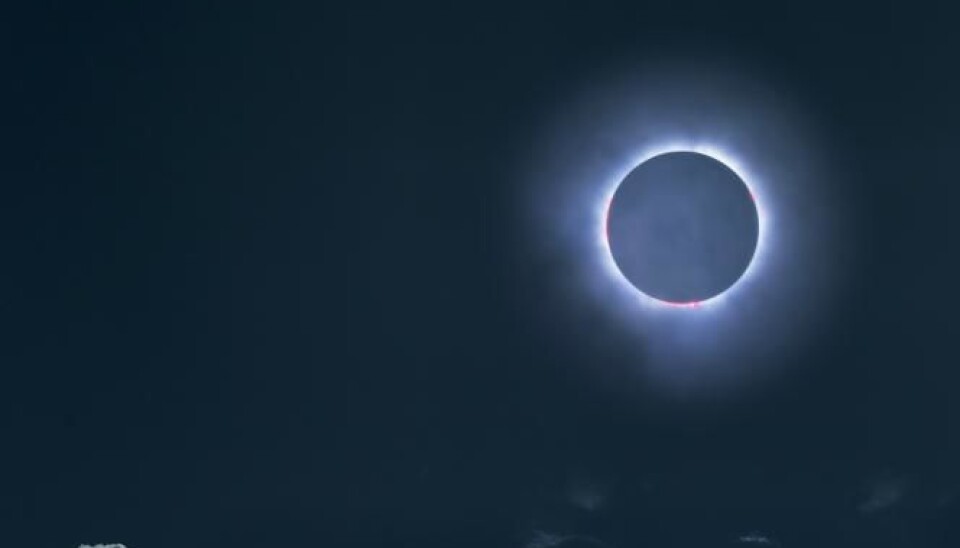
For Scandinavians, this year's solar eclipse will be mind-blowing
On Friday 20 March 2015, Scandinavians will experience the most complete partial eclipse of the Sun in decades.
"It'll be an absolutely fantastic experience. It'll almost become twilight and the birds will stop singing because they think it’s night," says Jørgen Christensen-Dalsgaard, a professor of astrophysics at Aarhus University.
He’s talking about the solar eclipse that’ll take place on Friday 20 March 2015. It's a Total Solar Eclipse on the Faroe Islands and Svalbard, Norway, and a Partial Solar Eclipse in Europe, and parts of Asia and Africa.
“You’ll still be able to see the outermost edge of the Sun's atmosphere -- the corona -- flaring up. The brightest stars will stand out at the same time. It's a fabulous, unique experience,” says Christensen-Dalsgaard.
In Denmark, around 83 per cent of the Sun will be covered by the Moon, which will make for an incredible experience, according to Christensen-Dalsgaard.
"Make sure you get hold of a proper solar filter or the right kind of glasses, and keep an eye on the Sun. It's rather incredible to see how the Sun is gobbled up by the Moon during an eclipse," he says.
Solar eclipse 2015 The Faeroe Islands get the jackpot
If you live in the Faroe Islands or on the Norwegian island of Svalbard you will be luckier still. Here it will be possible to witness a total eclipse of the Sun.
This is where it’ll be possible to see the corona, the outermost edge of the Sun's atmosphere.
"When the Moon obscures the Moon the corona stands out, shooting out flames around the Moon with an unreal coloured light. A photograph simply can't capture it you have to see it for yourself," says Ole Knudsen, former director of the Planetarium in Aarhus, who now holds lectures on solar eclipses.
Scientific interest in eclipses has waned
While total solar eclipses still arouse huge interest, scientists are not as interested in them now as they used to be.
Today they have telescopes which allow them to see the Sun's outer atmosphere so they are able to study it as often as they like.
"Just 20 or 30 years ago, huge expeditions of scientists would set off when a total eclipse was to take place -- because it was the only opportunity they had to observe the corona,” says Christensen-Dalsgaard.
"Scientific interest is dwindling these days, but it's still an unusually beautiful phenomenon,” he says.
It’s always dangerous to look straight at the Sun, even during an eclipse, without eye protection and doing so can permanently damage your eyes.
"If by 20 March you still haven't managed to get hold of a sun filter or glasses specifically designed for solar eclipses, you can always make a hole in a piece of paper so that the Sun's rays hit the ground, showing the Moon slowly covering the Sun," says Christensen-Dalsgaard.
---------------
Read the original story in Danish on Videnskab.dk
Translated by: Hugh Matthews
